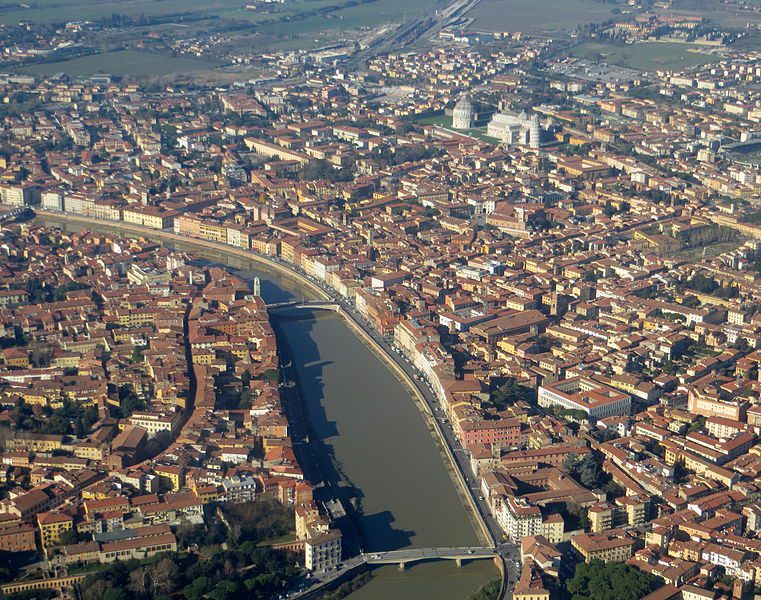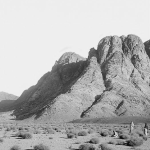
The English form of their name obscures the fact somewhat, but the region of Italy known as Tuscany — in Italian, Toscana — recalls the rather mysterious ancient people known as the Etruscans. The Latin titles by which they were known among the ancient Romans were Etrusci and Tusci. The former gives us the term Etruria for this region (typically used when referring to the ancient area of their dominance), but the latter gives us the Italian word and its English derivative (which is generally used when referring both to the modern region and to the area in its role as birthplace of the Italian Renaissance).
In Attic Greek — the language of classical Athens in its heyday — the Etruscans were known as Tyrrhenians (Τυρρηνοὶ, Tyrrhēnoi), from which the Romans derived the name of the Mare Tyrrhēnum, the modern Tyrrhenian Sea that borders Italy on the west.
The Etruscans reached their peak in the period between the eighth century BC and the sixth century BC, when they were effectively absorbed by Rome and Roman culture. For a while, they dominated the area between the Arno River in the north and the Tiber River to the south.
The Tiber, of course, is the river that runs through the city of Rome.
The Arno, the principal river of Tuscany, flows through Florence (and through Dante’s Divina Commedia, which was written in Florence). The city of Pisa straddles the river just before it empties into the Tyrrhenian Sea.

Posted from Terricciola, Italy (Tuscany)











